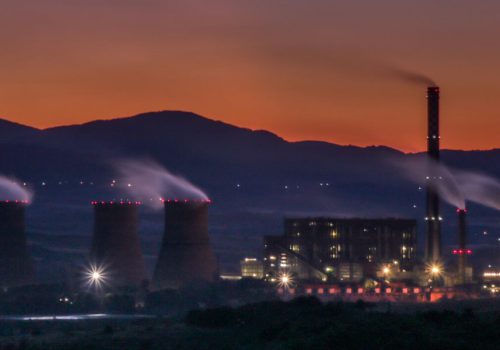Consumers today care about far more than just purchasing a product. From more sustainable manufacturing to the rise of the experience economy, here’s how the nature of consumption is changing.
The ISO Foresight Trend Report highlights global trends across multiple industries that will shape strategic decision making for a better future. Drawing upon these insights, ISO reflects on some of the potential areas for standardization work. In a series of feature articles, we unpack some of the critical global trends with top experts in their field.
The urgency of climate action, growing connectivity, the rise of the middle class and other global trends are driving change in consumer attitudes. Many of today’s consumers care about more than simply receiving a satisfactory product. They want life-enhancing products with ethical and environmentally responsible production and supply chains.
Increasingly, consumption is about more than just products, as consumers call for more socially and environmentally sustainable manufacturing, and turn to “experiences” to feel connected to the rest of the world. A recent survey found 82 % of US consumers want more human interaction in their transactions. This change in consumer values presents a unique opportunity to shift towards more sustainable models of production and consumption.
Why does labelling matter?
I spoke to Graeme Drake, who leads ISO’s environmental labelling committee, on ways standards can support customers in identifying and choosing the right products. ISO 14020, which has been recently updated, can help. In his words: “The standard sets the contemporary rules for how products should be labelled and what should lie behind labelling claims. The aim is to protect unsuspecting customers from buying into false claims, with the ultimate goal of avoiding greenwashing.”
It has been based on extensive market research into environmental and sustainability labelling for products, and provides a comprehensive set of principles and general requirements for manufacturers, product suppliers, market regulators and consumers. ISO began creating environmental labelling standards following the Earth Summit in Rio de Janeiro in the early 1990s. Today, the series consists of eight standards, with one development. ISO 14020 will be published at the end of 2022.
Consumers are more environmentally conscious than ever.
Climate-conscious consumption
Consumers are more environmentally conscious than ever, with 65 % willing to pay more for products and services that are environmentally and socially responsible. The twin pressures of demand for sustainability from consumers and regulation in accordance with national and international sustainability goals are increasingly leading businesses to go green. As a result, they are gradually adopting circular economy principles (the minimization of waste and raw material consumption through recycling and other activities), elements of the sharing economy, decarbonization targets, and other strategies in response to this pressure.
This is no small task. Shifting to the circular economy, for instance, means completely changing the principles on which business has been conducted since industrialization. However, International Standards need to play an important part in the implementation of sustainable production, helping businesses ensure the changes they make will have a real impact for the environment while giving consumers tools, such as recognizable labels, to distinguish between genuinely “eco-friendly” claims and greenwashing.
The “experience economy”
More and more, consumers with means are choosing to do as well as to have. The rise of the “experience economy” is about the pursuit of deeper meaning among consumers, for example by choosing to spend their disposable income on activities or adventurous holidays that serve as a “form of self-actualization”.
This trend may be in part driven by the increasingly digital nature of life and work. Though a consumer may no longer need to go to a shop to buy a pair of shoes, or to a restaurant to buy its food, they may choose to do so because of the experience of being in an environment which may, for example, give rise to community building. The experience economy also derives in part from sustainability concerns, as consumers look for alternatives to using up resources.
Circularity is fast becoming the new normal.
One-of-a-kind products
Consumers who wish to move away from the “take-make-discard” model now have more opportunity for customization and bespoke items than ever before, thanks to the richness of the digital world, which is always just a few clicks away. Digitalization in areas such as media and entertainment has paved the way for personalized services and products to take off.
Already, most companies are viewing customization as a priority as they consider alternatives to traditional mass manufacturing. This could shake up global trade as companies are put under pressure to make their value chains shorter and more flexible, with goods manufactured closer to buyers – a move driven also by demand for sustainability.
Last year, ISO rolled out the first of its standards for sustainable products, focused on ceramic tiles, and its committee on the circular economy is very active in supporting the transformation of entire economies to this more sustainable model of production and consumption. As consumer desires and demands change, standards will need to adapt to these evolving consumption patterns and the drive for more sustainability. After all, circularity is fast becoming the new normal.









